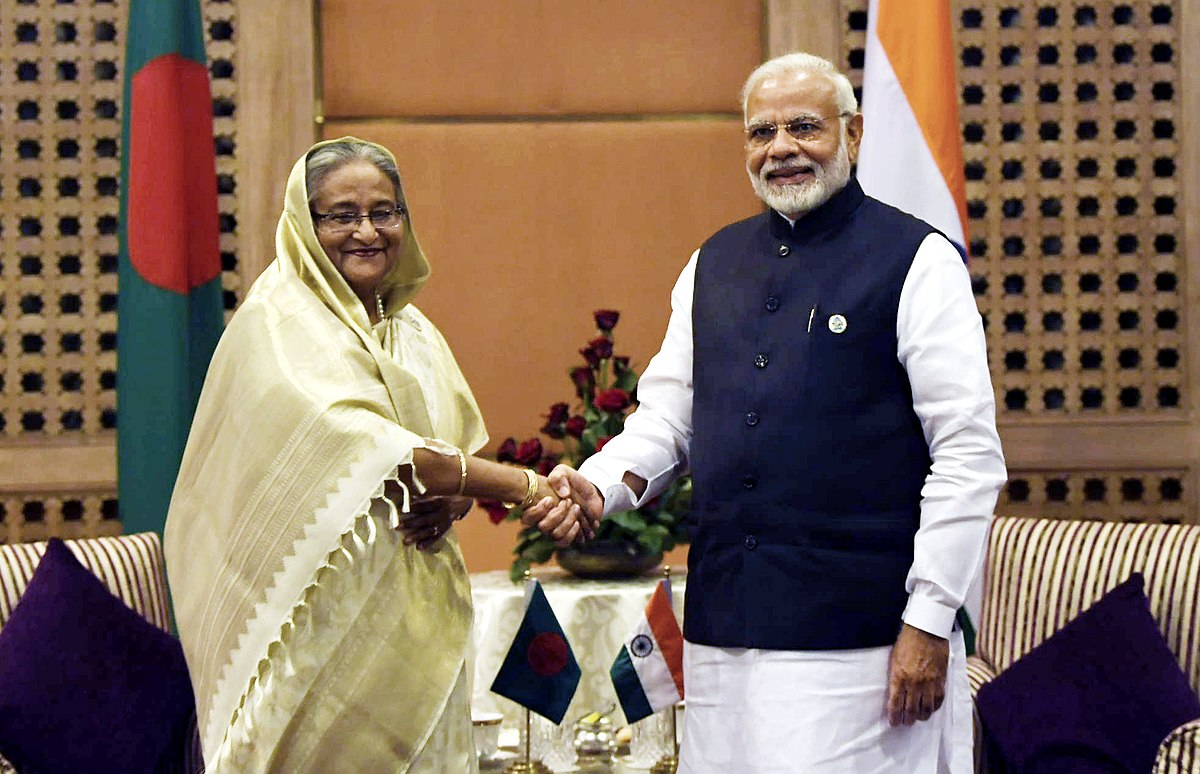
Third Hasina Administration
BangladeshSheikh Hasina secured a second consecutive term in the 2014 general elections with the Awami League and its Grand Alliance allies winning a landslide victory. The election, boycotted by major opposition parties including the BNP due to concerns over fairness and the absence of a non-partisan administration, saw the Awami League-led Grand Alliance winning 267 seats, with 153 uncontested. Allegations of electoral malpractice, such as stuffed ballot boxes, and a crackdown on opposition contributed to the controversy surrounding the election. With 234 seats, the Awami League secured a parliamentary majority amid reports of violence and a voter turnout of 51%. Despite the boycott and resulting legitimacy questions, Hasina formed a government, with the Jatiya Party serving as the official opposition.
During her tenure, Bangladesh faced the challenge of Islamic extremism, highlighted by the July 2016 Dhaka attack, described as the deadliest Islamist attack in the country's history. Experts suggest the government's repression of opposition and diminishing democratic spaces have inadvertently facilitated the rise of extremist groups.
In 2017, Bangladesh commissioned its first two submarines and responded to the Rohingya crisis by providing refuge and aid to approximately a million refugees. Her decision to support the removal of the Statue of Justice in front of the Supreme Court faced criticism for yielding to religious-political pressures.
